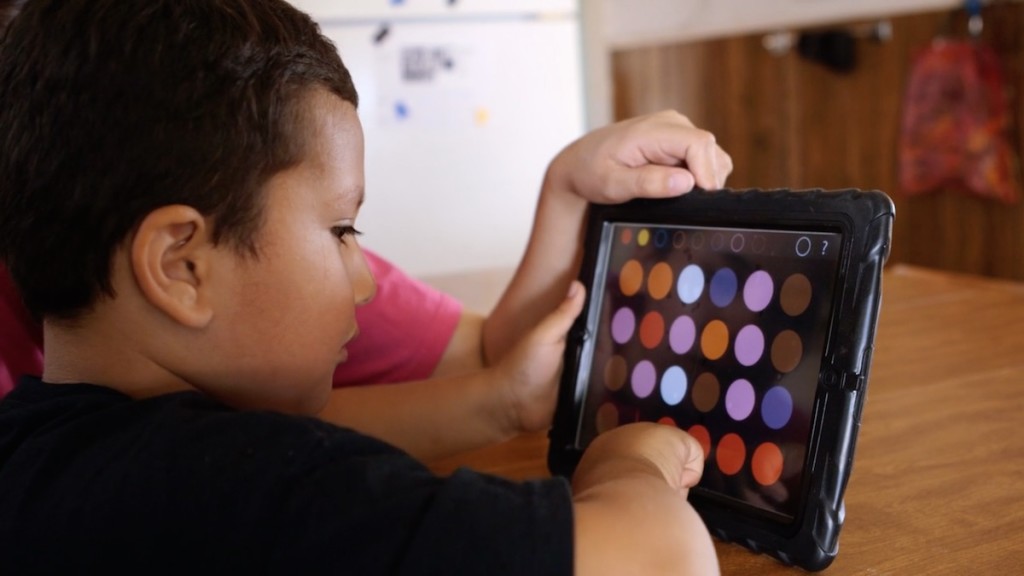Why We Wrote “Tap, Click, Read”
Posted August 23, 2015
Let us start by telling you what this book is not. This book is not about how children learn to read (though we do highlight some essentials on that subject). Nor is it about how to teach children to learn to read (though we hope it sparks some ideas). This is a book with technology coursing through every page, but it is not a book about how digital media and new technologies will rescue schools and save the world. Nor, however, is it a book about how those technologies are destroying any good chance of raising readers for the next generation.
So what is it?
This book presents a third way, an approach to technology that is driven by the urgent need for all children and parents to have access to the same 21st-century literacy opportunities already at the fingertips of today’s affluent families. We worry that without pushing for better quality within, and access to, learning environments that harness media, low-income households will get the short end of the stick. Our firm commitment in writing this book is to stimulate a more informed debate about equity in a new age: we cannot allow technology to exacerbate social inequality instead of opening more opportunities for everyone to succeed.
To carve this new path, we will take you—today’s teachers, parents, and change-makers everywhere—on a journey into the spaces of digital-age literacy learning that are a mystery for many: the continually evolving app stores, the little-known research labs of e-book scholars, the home-based services for first-time mothers and their babies, the classrooms of elementary schools in high-need areas, and the family literacy programs that are helping immigrant families. We want to show you the state of literacy and children’s reading at this tumultuous, technologically driven moment—and what it could look like if we forged ahead with some new ways of thinking and teaching to help a greater number of kids.
Your guides are me—Lisa, a journalist and director of the Early Education Initiative and the Learning Technologies Project at New America, a think tank in Washington, DC—and me—Michael, a child development and policy expert and founding director of the Joan Ganz Cooney Center at Sesame Workshop in New York City. Throughout the book you’ll see us pop in once in a while to distinguish who is telling which anecdote, but the vast majority of the research and reporting that went into this book was conducted in partnership over a more than two-year span that involved many members of our teams and contract writers, reporters, and video producers.
We hope this book will serve as a guide to new ideas for raising the next generation of critically thinking, accomplished readers.











